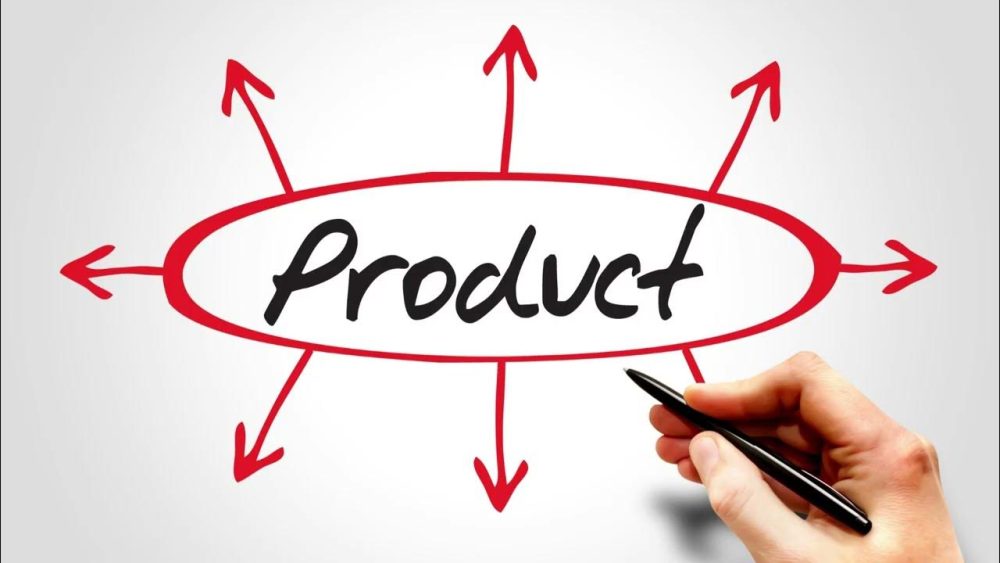Freedom to choose the time and place of work, determine the workload and scale of projects — that’s what being an online marketer is all about. This format opens up limitless opportunities for those who possess internet marketing skills and strive to be independent. We will tell you in detail about the advantages, real ways to find clients, and how much you can earn in the field of digital marketing.

Pros of Working as an Online Marketer
Working as an online marketer offers unique advantages that are not available to office employees. The main advantage is flexibility. Unlike being employed in a company where the workload and schedule are strictly defined, a remote worker controls their day entirely. You can adjust your working hours to fit your personal circumstances, which is especially convenient for those who combine marketing with other tasks.
In addition to flexibility, remote work allows you to significantly expand the circle of potential clients. An offline specialist is limited by geographical boundaries, whereas remote work as an internet marketer involves collaborating with people worldwide. This opens up access to international projects, which means new challenges and higher-paying orders.
Another important advantage is the absence of the need to commute to the office daily. Working from home or any other comfortable place not only saves time but also money. There is no need to spend money on transportation or renting a workspace. All that is required is a laptop and a stable internet connection. This makes working as a marketer from home an excellent option for those who value comfort and independence.
It is also worth mentioning the increasing demand for specialists involved in social media promotion and e-commerce. Remote work as an SMM specialist or marketer in the e-commerce sector allows you to take on large projects and develop skills in the most promising segments of digital marketing. Marketing becomes not only a niche for earning but also an exciting process when you see how your decisions impact business development.
How to Find Clients as a Freelance Marketer
Client acquisition is one of the main tasks for any remote worker. Working as a marketer on freelance platforms is the most obvious and quick way to start. Platforms like Upwork, Freelancer, Kwork, and others offer thousands of orders daily. Here, both beginners and experienced specialists can find a place. It is important to understand that competition on these platforms is high, so it is advisable to prepare in advance to present your services.
Creating a marketer’s portfolio for a freelance site is key to success in finding orders. It should include successful cases, reviews from satisfied service buyers, and a detailed description of the functionality.
Another approach is through social networks. Building a personal brand helps attract clients directly, without intermediaries. Regular posts on Instagram, LinkedIn, and other social networks showcase your expertise and attract the attention of potential clients. It is also important to participate in professional communities and forums where you can establish useful connections and find new clients.
Thus, finding orders for an online marketer is possible everywhere, provided you have the opportunity to showcase yourself as an expert.
Marketing Portfolio for Work: How to Create and Sell Yourself Online
A quality portfolio is not just a list of completed tasks; it is a full-fledged marketing tool. It includes demonstrating results, specific numbers, and achievements. Each experience should contain a description of the task, the way it was solved, and the final result. Clear structure and visual data are what convinces a potential client of your competence.
The resume should also be tailored to the specifics of the target audience you want to attract. For example, if a specialist aims to enter e-commerce, it is important to showcase projects related to promoting online stores, improving conversion rates, and implementing SMM strategies for brands. It is necessary not only to talk about your journey but to show how the proposed solutions have impacted the business. Concrete details and work results are what make an online marketer’s portfolio attractive and marketable.
In addition to cases, it is advisable to add a section with testimonials. The more success examples, the easier it is to sell your services.
How Much Does a Marketer Earn in Remote Work
Earnings depend on the level of professionalism, the nature of tasks, and the audience with which the marketer interacts. The average rate for a beginner is around 50-70 thousand rubles per month. With experience, improved skills, and a growing client base, income can increase to 150-200 thousand rubles. This depends on various factors, including skill level, portfolio quality, and willingness to invest in self-development.
<Promotion on social networks, experience in international projects, developing advertising campaigns for well-known brands — all these open up opportunities for income growth. Specialists working with large companies or international clients often earn significantly more than those collaborating with small firms.
It is also worth considering that besides standard online work, professionals can offer consultations and planning services. How much do internet marketer services cost? Developing a strategy for a large business can bring in between 30,000 to 100,000 rubles depending on the scope and requirements.
Freelance Platforms for Marketers: How to Succeed Online
It is important not only to be a good specialist but also to understand how to sell your services. Online platforms are just one way to find orders. However, to have a successful start, you need to stand out among competitors. This can be achieved through a quality resume, active social media presence, and participation in professional events.
Another important aspect is continuous learning. The world of digital marketing is constantly evolving, and to remain in demand, one must keep learning. Never stop at what has been achieved, regularly attend courses, read books, study cases, and test new strategies in practice. The more experience and knowledge you have, the more competitive you will be in the market.
Beginners’ mistakes are often related to the lack of a clear strategy. It is important not just to complete tasks but to understand why and for what purpose they are done, what results can be achieved. When a specialist can explain how their actions will lead to the client’s business growth, the likelihood of getting an order significantly increases.
Conclusion: Working as an Online Marketer as a Step Towards Freedom
Working as an online marketer is a real opportunity to become free and independent. A well-crafted portfolio, active client search, continuous learning, and self-improvement are the main steps towards a successful career. Independence, flexibility, and the opportunity to work on interesting projects — these are the advantages that make the online format so attractive to thousands of specialists worldwide.

Building a career in marketing requires effort, but the results are worth it. Working on your resume, learning about freelance platforms, attracting your first clients — all of this is possible if you put in enough effort and are not afraid to try new things.












